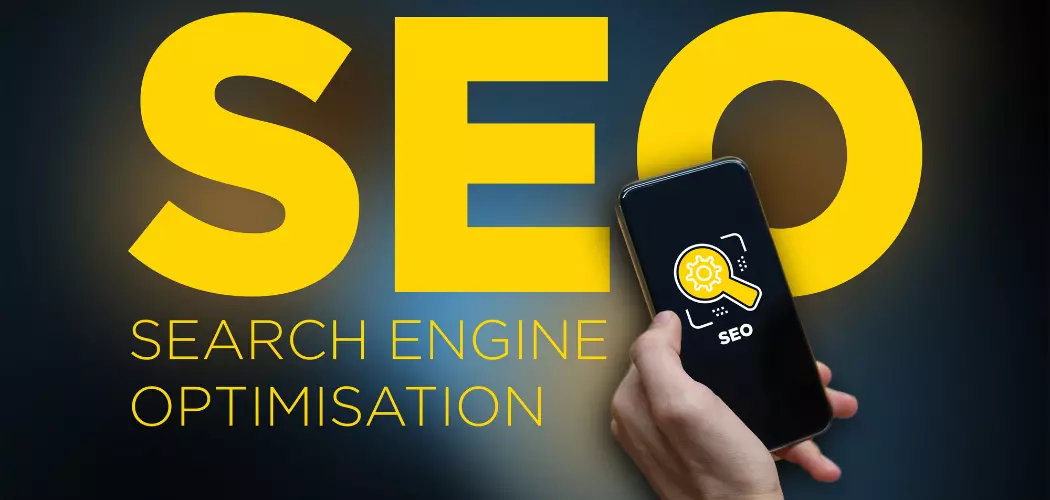
On-page SEO plays a crucial role in improving your website’s visibility in search engine results pages (SERPs). By optimizing your website’s content and structure, you can improve its relevance and appeal to both search engines and users. In this article, we’ll discuss the key techniques for mastering on-page SEO, helping your website rank higher and attract more organic traffic.

- Keyword Research
The foundation of on-page SEO lies in understanding the keywords and phrases your target audience uses when searching for information related to your niche. Conduct thorough keyword research using tools like Google Keyword Planner, SEMrush, or Ahrefs to identify relevant, high-volume keywords with low competition. Incorporate these keywords naturally into your content, ensuring that it remains engaging and informative for readers.
- Meta Tags
Meta tags are HTML elements that provide search engines with information about your web page. They include the title tag, which should contain your target keyword and accurately describe the content of the page, and the meta description, which offers a brief summary of your content and entices users to click on your link in the SERPs. Ensure that your meta tags are unique for each page and accurately represent your content.
- Header Tags
Header tags (H1, H2, H3, etc.) help search engines understand the structure of your content and determine its relevance to user queries. Use header tags to break up your content into easily digestible sections, incorporating target keywords where appropriate. Ensure that each page on your website has a unique H1 tag that accurately reflects its content, and use subheadings (H2, H3) to organize information logically.
- Image Optimization
Images can improve user experience and engagement but can also slow down your website if not optimized correctly. To enhance your on-page SEO, compress your images using tools like TinyPNG or Kraken.io to reduce file size without sacrificing quality. Include descriptive file names and alt tags with target keywords for your images, as search engines use this information to understand the content and context of the image.
- Content Quality and Relevance
At the heart of on-page SEO is the creation of high-quality, relevant content that provides value to your target audience. Focus on addressing user needs and answering their questions in a comprehensive, engaging manner. Incorporate your target keywords naturally throughout your content, maintaining a balance between keyword usage and readability. Create long-form content, as it tends to rank higher in search results and provides more opportunities for internal linking and keyword optimization.
- Internal Linking
Internal linking helps search engines understand the relationship between the pages on your website and can improve your site’s overall SEO. Include relevant internal links within your content, directing users to other pages on your site that provide additional information or resources. Use descriptive anchor text that includes your target keywords to help search engines understand the context of the linked page.
- User Experience
User experience (UX) is an essential aspect of on-page SEO, as search engines prioritize websites that provide a positive experience for users. Ensure that your website is easy to navigate, with a logical structure and clear, concise headings. Optimize your site for mobile devices, as a significant portion of web traffic now comes from mobile users. Additionally, focus on improving your website’s loading speed, as slow-loading pages can negatively impact your search rankings and user engagement.
Mastering on-page SEO is vital for improving your website’s search engine visibility and attracting organic traffic. By focusing on keyword research, meta tags, header tags, image optimization, content quality, internal linking, and user experience, you can create a website that appeals to both search engines and users. Implement these essential techniques and watch your website climb the SERPs, driving increased organic traffic and boosting your online presence. By staying up-to-date with the latest on-page SEO best practices and continually refining your strategies, you’ll ensure that your website remains competitive and relevant in an ever-evolving digital landscape.
